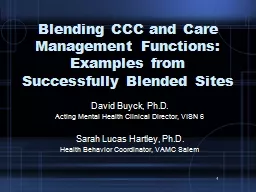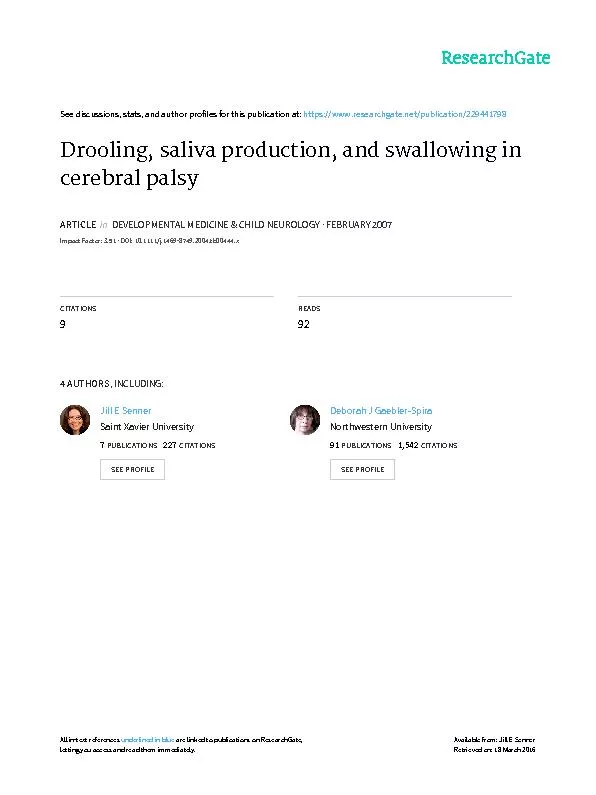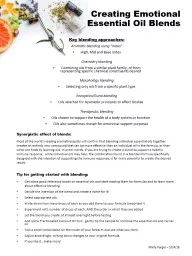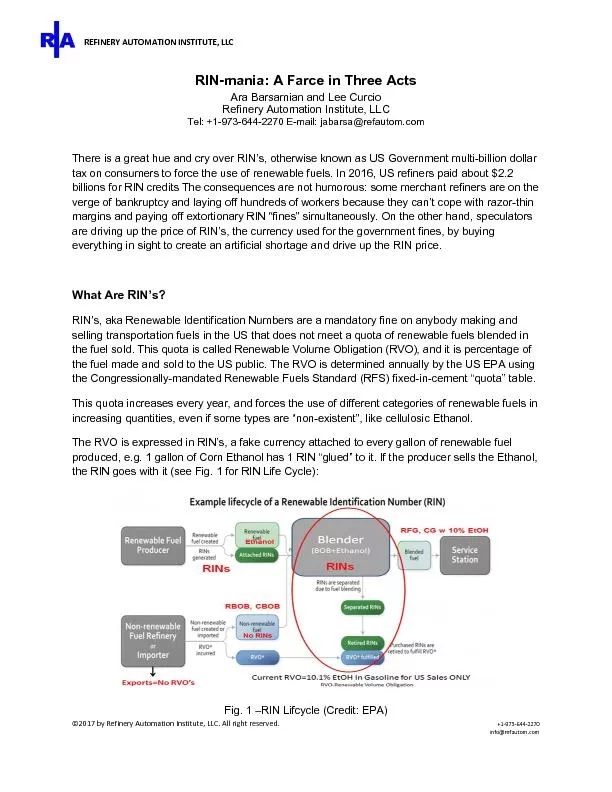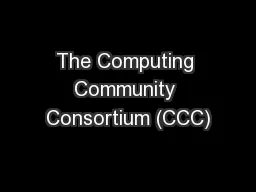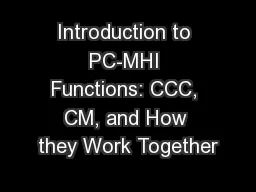PPT-1 Blending CCC and Care Management Functions: Examples from
Author : luanne-stotts | Published Date : 2016-12-02
David Buyck PhD Acting Mental Health Clinical Director VISN 6 Sarah Lucas Hartley PhD Health Behavior Coordinator VAMC Salem 2 Goals Provide overview of two Colocated
Presentation Embed Code
Download Presentation
Download Presentation The PPT/PDF document "1 Blending CCC and Care Management Funct..." is the property of its rightful owner. Permission is granted to download and print the materials on this website for personal, non-commercial use only, and to display it on your personal computer provided you do not modify the materials and that you retain all copyright notices contained in the materials. By downloading content from our website, you accept the terms of this agreement.
1 Blending CCC and Care Management Functions: Examples from: Transcript
Download Rules Of Document
"1 Blending CCC and Care Management Functions: Examples from"The content belongs to its owner. You may download and print it for personal use, without modification, and keep all copyright notices. By downloading, you agree to these terms.
Related Documents

